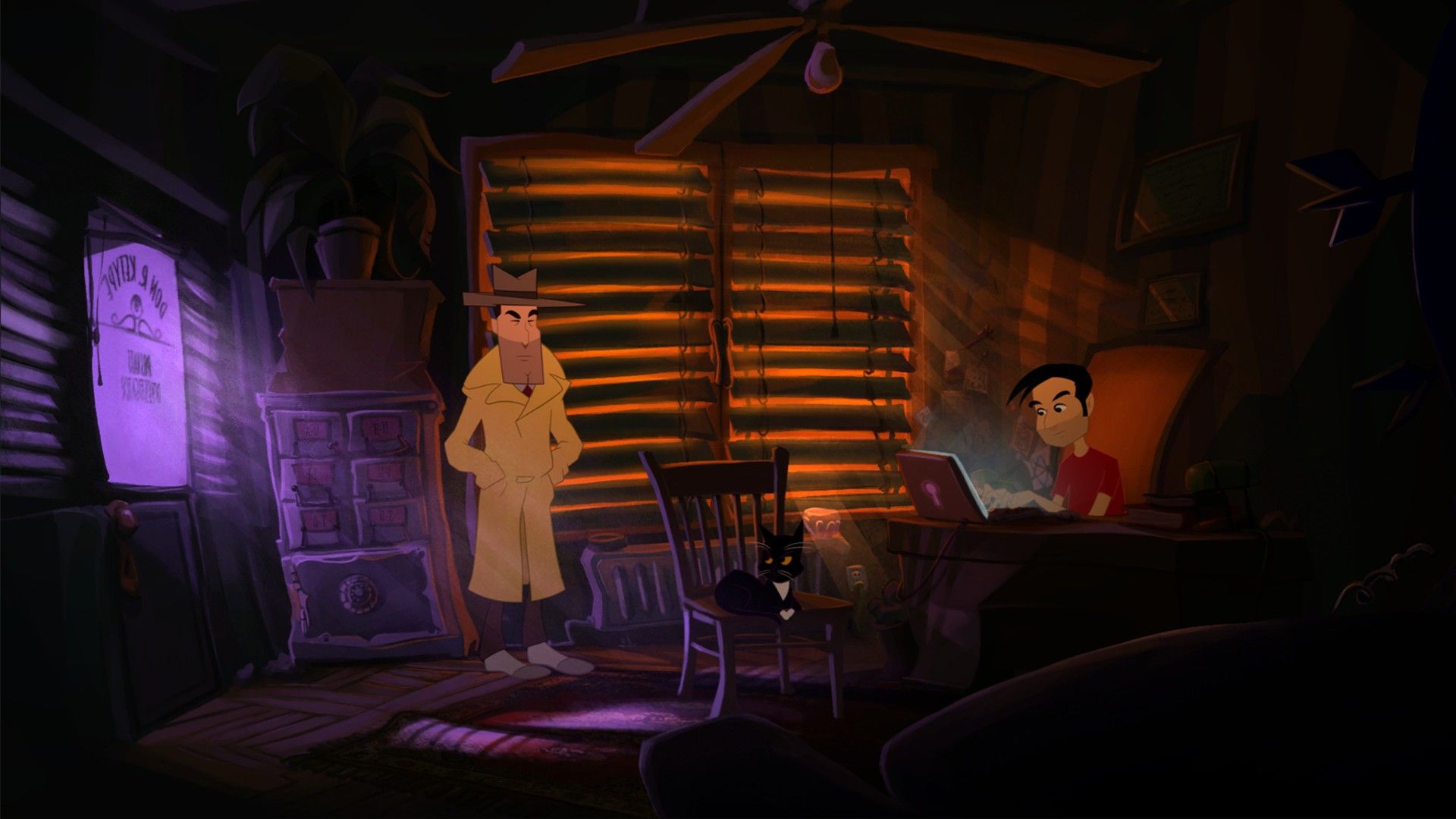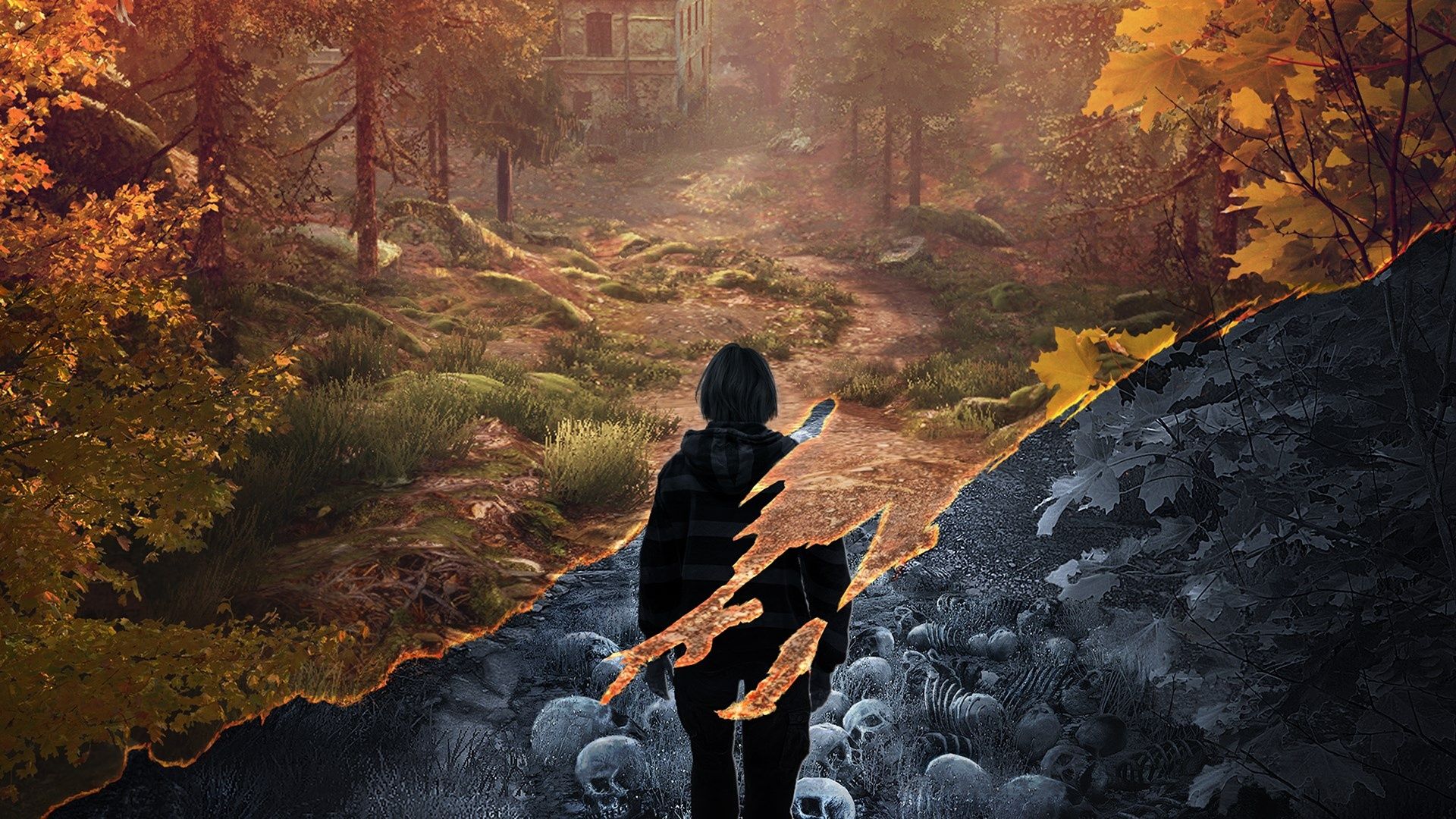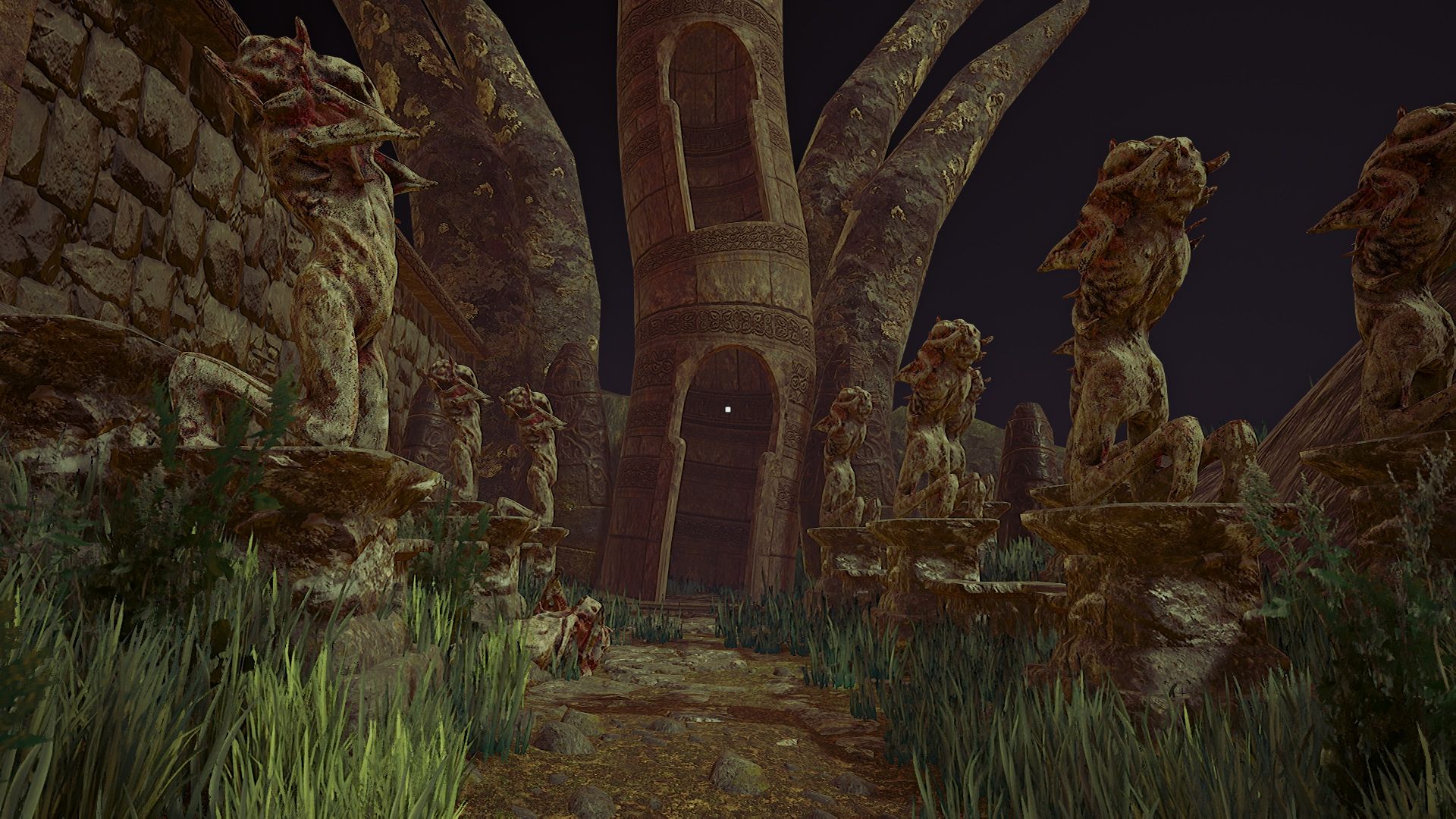The Last Door: Season 2 - Collector's Edition
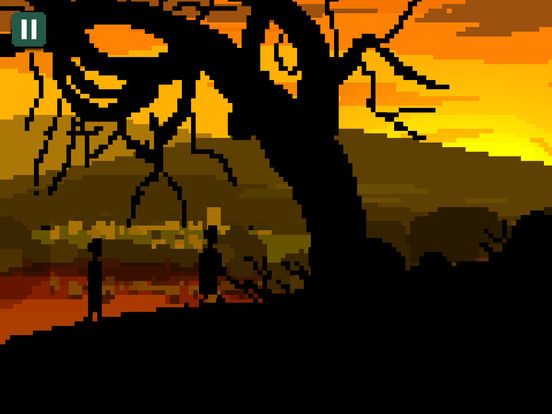
The Ritual of Gameplay
In 'The Last Door: Season 2 - Collector's Edition', players are drawn into a world where the thin veil between reality and madness flutters precariously. As Dr. John Wakefield, the journey is one of exploration and introspection, where each click unearths secrets buried deep within the pixelated atmosphere. The gameplay, a classic point-and-click adventure, roots itself in narrative-driven mechanics, with each scene rich in atmospheric tension and existential horror. The player's path is a tapestry woven with puzzles and decisions that echo the haunting elegance of Victorian England, from mental asylums to opium dens.
A Symphony of Atmosphere and Sound
The heart of 'The Last Door: Season 2 - Collector's Edition' beats in its atmospheric tension, accentuated by a haunting soundtrack by Carlos Viola. The music lingers in the shadows, whispering secrets and evoking dread as players navigate the intricate web of the unknown. Each note is a shiver down the spine, echoing the game's Lovecraftian influences. The pixel graphics, though simple, serve as a canvas for the imagination, painting scenes of horror that bloom in the mind's eye. This masterful blend of sound and sight crafts an experience both immersive and unsettling.
The Madness of Narrative Ambiguity
Narrative ambiguity is the soul of this mysterious journey, where the lines between dreams and reality blur. Dr. Wakefield's descent into the depths of forbidden knowledge is a testament to the game's storytelling prowess. Players are left questioning the nature of sanity and truth as they delve deeper into a plot reminiscent of Poe and Lovecraft. The narrative's strength lies in its ability to evoke introspection, challenging players to ponder the cost of uncovering secrets that should remain hidden. Yet, this ambiguity may also become a pitfall, leaving some players yearning for clarity amidst the chaos.
Exploration vs. Dread
Exploration in 'The Last Door: Season 2 - Collector's Edition' is a double-edged sword, a dance between curiosity and dread. Each new location is a step into the unknown, with puzzles that tease the mind and environments that instill unease. The game's pacing, however, can sometimes stumble, with certain segments feeling drawn out, testing the patience of those seeking constant engagement. Yet, for those willing to embrace the slow burn, the payoff is a deep, immersive experience that lingers long after the game has ended.
A Conclusion in Shadows
In 'The Last Door: Season 2 - Collector's Edition,' the threads of sanity and horror weave a tapestry of existential dread. The game's strengths lie in its atmospheric tension, rich narrative, and haunting soundtrack, creating a Lovecraftian experience that captivates the imagination. While some may find the pacing and ambiguity challenging, those who revel in the unknown will find a hauntingly beautiful journey. If you love stories that question reality and explore the dark corners of the mind, you should try 'The Last Door: Season 2 - Collector's Edition.'
Game Mechanics
The game emphasizes atmosphere, investigation, and narrative through classic point-and-click adventure mechanics. Each system enhances immersion and reinforces the psychological horror themes.
-
Point-and-Click Exploration
The player navigates through various eerie locations, using a mouse-driven interface to examine objects, collect items, and trigger interactions.
-
Environmental Puzzles
Puzzles require logical reasoning and environmental awareness. Solutions often involve combining objects or interpreting symbolic clues from the environment.
-
Dialogue-Based Clue Gathering
Conversations with characters provide essential narrative threads and clues for progression, often requiring players to revisit earlier areas with new context.
-
Minimal UI and Immersion
The game’s clean interface puts narrative and audio front and center, allowing players to focus on mood and story rather than HUD management.
Gameplay Tips
This is a game that rewards careful attention to detail and patience. These tips will help you get the most from your journey into its slow-burning horror.
-
Read Every Note
Many of the game’s puzzles and story cues are hidden in journal entries and letters. Skimming them might cause you to miss critical hints.
-
Use Headphones
The sound design is a huge part of the experience. Playing with headphones deepens immersion and helps identify audio cues.
-
Be Patient
The game’s pace is deliberate. Let the story unfold slowly and allow yourself to dwell in the atmosphere rather than rush objectives.
-
Replay Season 1 First
Season 2 continues the story with returning characters and unresolved plotlines. Playing the original enhances understanding and emotional impact.
Playstyles
While the game isn’t about combat or leveling, players can approach the experience in different ways—whether you’re chasing every detail or simply focusing on the narrative.
-
The Completist
Explore every dialogue option, collect all letters, and search every scene for hidden lore. This playstyle reveals more background and emotional depth.
-
The Minimalist
Focus only on core story progression. A good choice for those who want tight narrative delivery without optional lore distractions.
Inspirations and References
The game draws from rich traditions in gothic literature and psychological horror, creating a layered narrative that resonates with classic and modern influences.
-
H.P. Lovecraft
Themes of madness, forbidden knowledge, and cosmic insignificance permeate the story and tone.
-
Edgar Allan Poe
The tone and narrative structure borrow heavily from Poe’s psychological horror and gothic obsession with death and memory.
-
Victorian Gothic Literature
Settings and themes evoke classic 19th-century gothic tales, from asylums to secret societies and decaying manors.
-
Silent Hill and Slow-Burn Horror
While not action-driven, its atmosphere and subtle narrative cues parallel the pacing and unease of psychological horror games like Silent Hill 2.
Final Verdict
For fans of Lovecraftian horror, 'The Last Door: Season 2 - Collector's Edition' offers a compelling experience steeped in atmosphere and narrative depth. Its strength lies in creating an immersive world where sanity is questioned, and dread is a constant companion. Recommended for those who seek stories that challenge perception and embrace the unknown.
Strengths
- Atmospheric tension enhanced by a haunting soundtrack.
- Rich narrative that evokes introspection and existential horror.
- Simple pixel graphics that encourage imagination.
Weaknesses
- Narrative ambiguity may leave some players yearning for clarity.
- Pacing can feel sluggish in certain segments.
Editorial Review
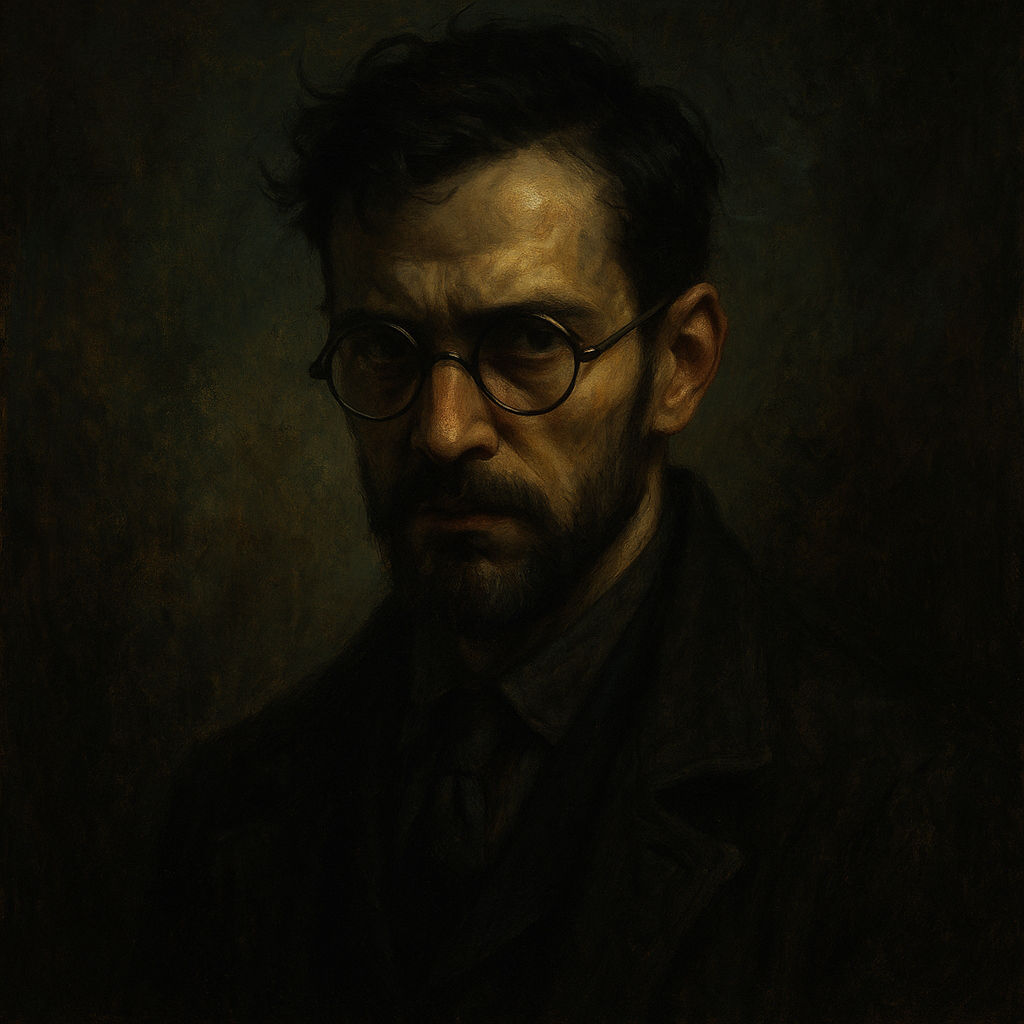
The game manipulates the player's sense of reality through its meticulous design and tension-filled atmosphere. A detailed exploration of horror mechanics that cleverly plays with the mind.

A beautiful yet haunting reflection on the cost of knowledge. The narrative evokes a melancholic introspection, exploring the fear of knowing too much.

The mechanics focus on exploration and narrative progression. It's not for those seeking fast-paced action, but it punishes inattention and rewards careful observation.

A mesmerizing blend of beauty and terror. The aesthetic appeal is undeniable, creating an enchanting world that captivates and chills in equal measure.
You might also like
About the author
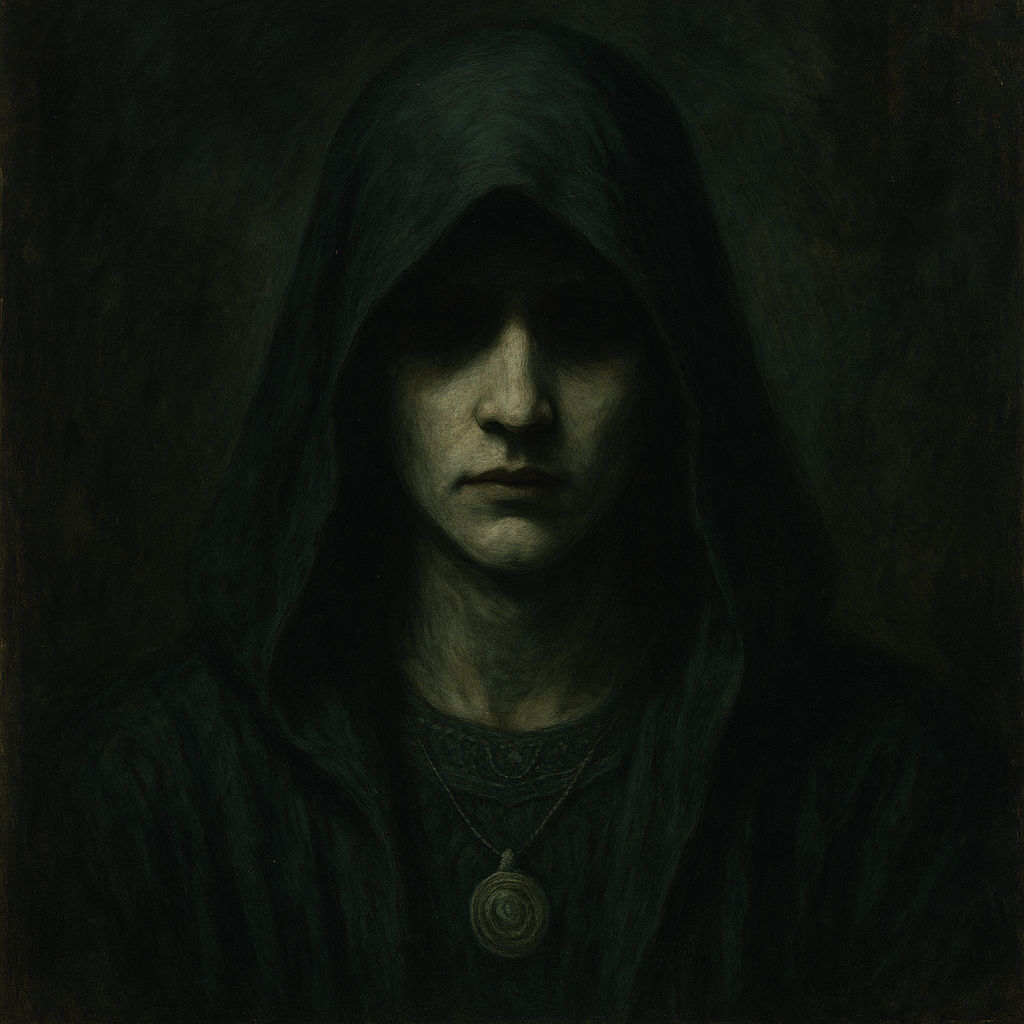
Neith
I’m Neith. I walk the edges of madness and meaning. Stories that disturb, games that whisper — those are my domain.

